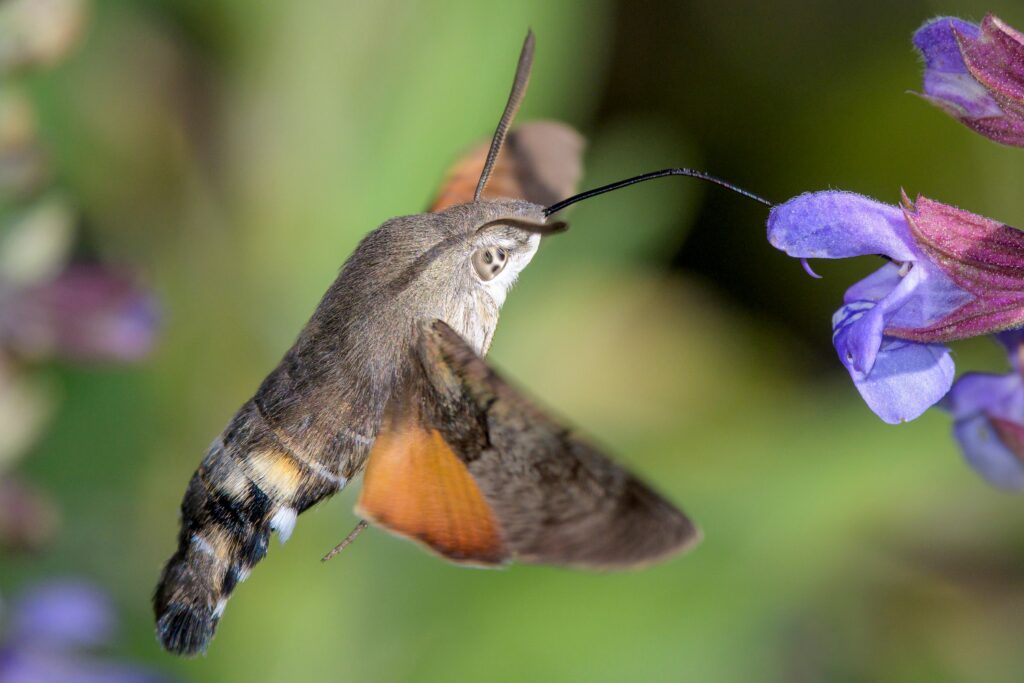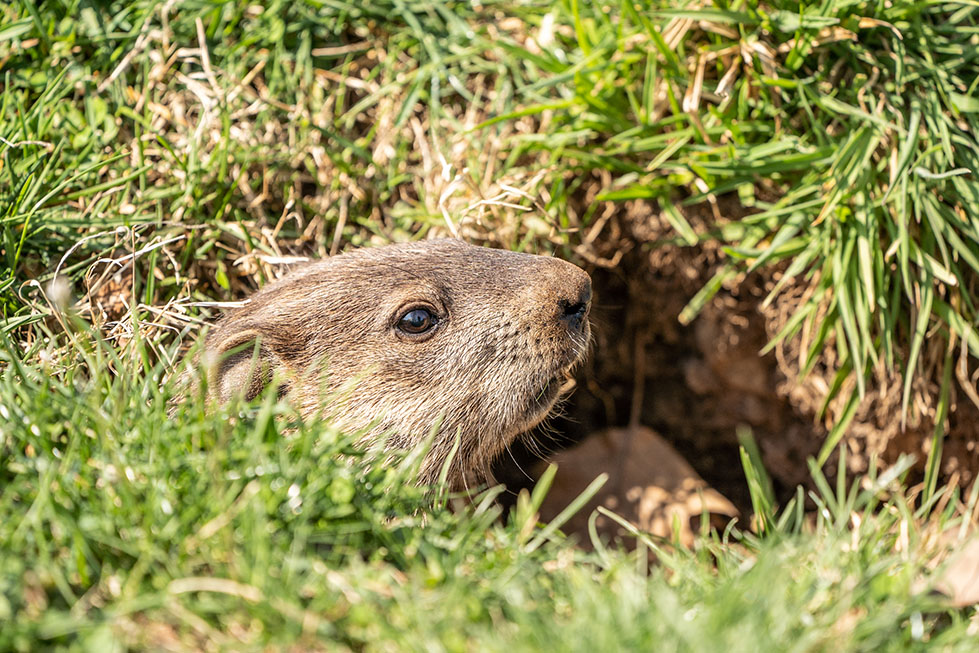A number of years ago I looked out of the window and thought I was ‘seeing things’. There, hovering by a hanging basket, was what appeared to be the minutest hummingbird. More than surprising, as hummingbirds don’t occur in the wild in Europe, let alone in England. I didn’t get a long or close look before it disappeared at high-speed and I decided it had to have been a butterfly. It was flying and feeding via its long, uncoiled tongue in bright sunshine. Wrong again! It was a hummingbird hawk-moth (of which I had never heard).
Writing this, I could be taken as an impostor. A former Richard South (1846–1932) was a Fellow of the Royal Entomological Society who wrote about butterflies and moths and it was from one of his books (which were being reprinted as late as 1980) that I learnt more about what I had seen. My namesake described it as a day-flyer, which ‘delights’ in sunshine, although it could be seen on the wing quite late in the evening and had even been seen hovering and probing flowers in pouring rain. It likes a wide range of blossoms, including jasmine and verbena.
He described migration from more southerly parts of Europe as the most likely source of the moth in Britain. That is now accepted, although it is suspected that it may also be resident in this country. It is widespread in India, China, Korea and Japan as well as parts of the U.S. It can be seen flying from May to September but sightings may rarely occur throughout the year. Locations and timings of sightings seem to have changed over the years, associated perhaps with climate change.
It was first described in 1758 by Carl Linnaeus and its scientific name is Macroglossum stellatarum (Long-tongued, with starry markings on the abdomen) . The adult is said to live for about seven months and can achieve speeds up to 12 mph – making it one of the world’s fastest insects. Its wingspan is slightly under two inches. The brown forewings and orange hindwings are seen as a hazy blur in flight. The forewings are described as having dark stripes – but I have yet to see these as I have only ever seen the moth in flight and the rapidity of wingbeat is phenomenal. The wings produce a hum which is audible to some – I have yet to hear it. This July I had my best and most prolonged opportunity of observing the hawk-moth – lasting some 18 minutes. During this time,it flew continuously, never alighting – hence I still have not seen the stripes on the forewings.

Trying to photograph them is a little like trying to get a sharp picture of an aircraft propeller. I have found watching the hawk-moth almost mesmerising. Its body appears totally motionless in the air, surrounded by its halo of blurred wings, with its ‘tongue’, which is longer than its body, uncoiled and placed precisely in even the smallest of flowers. When it moves off to another flower, it can do so in any direction and it leaves me marvelling at its precise flight control.
A flight of fancy? No, this is real, a joy to behold and has rightly been described as a masterpiece of Mother Nature.
Richard South, (thumbnail courtesy of Andover Advertiser) has lived in north-west Hampshire for many years, where he is known for his interest in amateur dramatics, astronomy, the Church, cycling and the well-being of the natural world, including his fellow human beings.



